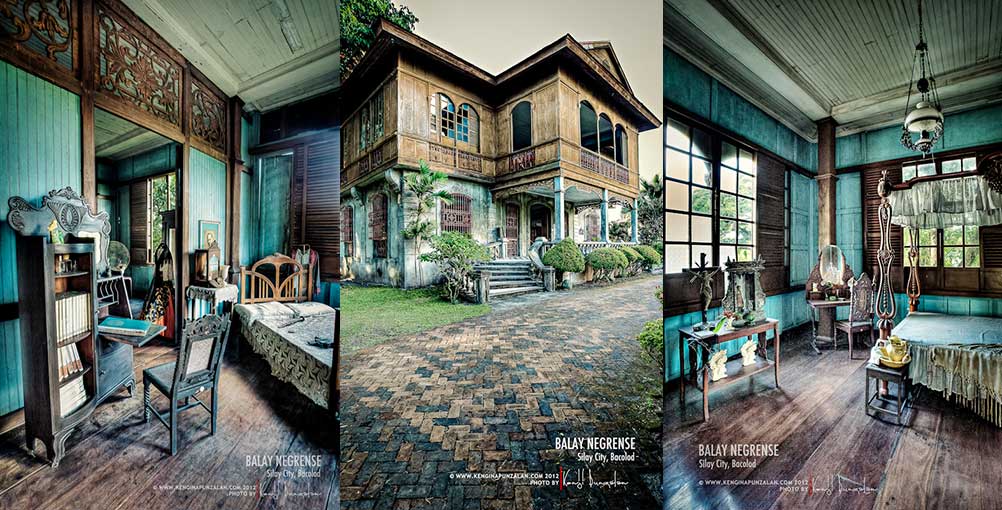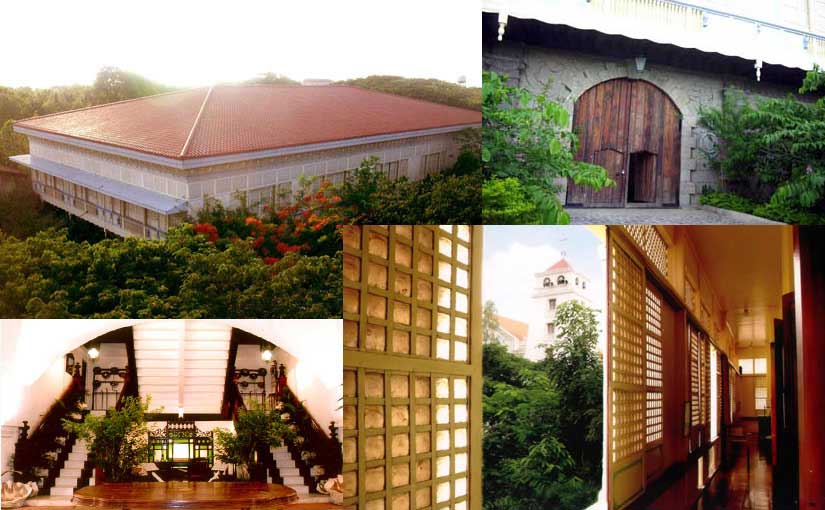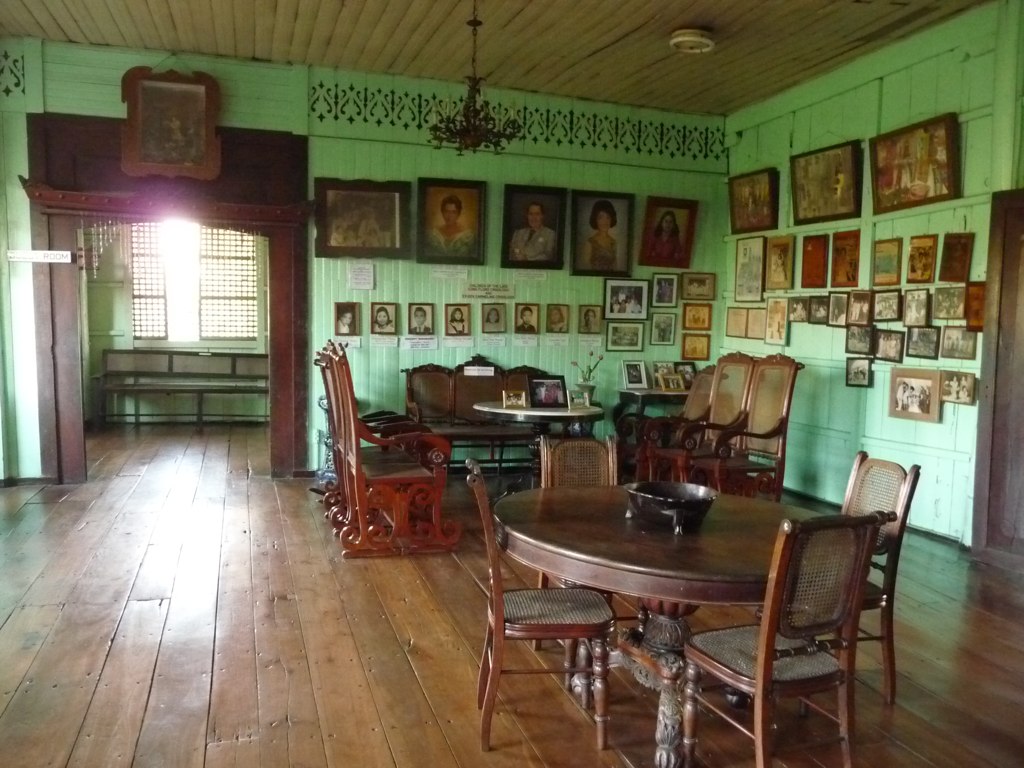Last week I discussed the clever, airy design of a native cube house on stilts, the bahay kubo. The Spanish saw these kubos and thought: how we could steal their environmentally-intelligent design, yet make it a whole lot more posh and expensive? The original bahay na bato (stone house) was born.

Though the stilts of the bahay na bato are hidden by a stone wall “curtain,” the concept is really the same. This bottom story, or zaguan—vaguely resembling a dungeon—is a combination garage, warehouse, office, and stables. From my character Javier Altarejos’s perspective, it is a highly practical design: “The stone base of the house served as a storeroom for everything that made the hacienda hum: carriages, rice, tools, chickens, and—of course—sugar.”
In fact, Casa Altarejos was modeled on the Museo De La Salle at De La Salle University-Dasmariñas, an ilustrado lifestyle museum built upon the models of the Constantino house in Balagtas, Bulacan; the Arnedo-Gonzales house in Sulipan, Apalit, Pampanga; and the Santos-Joven-Panlilio house in Bacolor, Pampanga. One thing a visitor will immediately notice at Museo de la Salle is that the building is a perfect square—a bahay kubo writ large. Georgina’s impression of Casa Altarejos mirrored mine at the Museo de la Salle: “A wooden top floor overhung the gray stone foundation by a few feet on all sides, an elegant-yet-clumsy layer cake decorated in white and green frosting.”

Javier again focuses on the logic of the construction: “The architecture was a…patchwork of foreign and native elements: stone foundations topped by light wood structures, an elegant yet practical design in earthquake country. Huge sliding panels opened up to the breeze, their rectangular frames checkered with iridescent capiz shells that let in light but wouldn’t shatter at every tremor. It was a mongrel style, and it suited Javier.”
A hacienda guest would enter through the zaguan, walk past the overseer’s desk and waiting workers, and ascend up to the second story: “The ‘princess’ steps had been fashioned deliberately shallow to allow for the modest ascent of a young lady in her skirts. Javier had stumbled down them many times, both as a child and an adult, and he never failed to swear up a storm as he did. Sometimes he wanted to take an axe to them, and he might have done that long ago if they were not such a rich Narra wood.” That’s such a guy thing to think, I suppose. Men didn’t have to wear full skirts with tiny slippers, nor did they have to worry about the grace of their entrance.

Like a bahay kubo, the real house is upstairs: the caida (foyer), sala mayor (sitting room), comedor (dining room), the cuartos (bedrooms), the cocina or kusina (kitchen), despacho (office), comun or banyo (toilet), often an azotea (open balcony), and maybe an oratorio (prayer room). None of these “rooms” are really separate, though. Georgina notices right away that “carved moldings—the design as fine as lace—divided the large space into separate salons.” In other words, none of the walls were complete. Air circulated freely through the entire story, and so did noise. As one author points out:
So much for privacy. However, in houses like these, residents found enough privacy to conceive, deliver and nurse babies, to care for the sick and the aged….When in need of solitude, a thin cloth curtain strung over an opening stakes out a private section. Temporary as the privacy may turn out to be, the fluttering illusion of an unlatchable door screens the rest of the family out. Blissful seclusion means not being able to see the others, but still remaining within full hearing range.
According to a friend of mine who is descended from Bacolod sugar royalty, everyone could hear a couple having sex, so this meant that enterprising couples stole any moment they could: dressed or not, standing or lying down, in a secluded corner or in the open portico walk that lined the house. The growing pack of children of Hacienda Altarejos will be proof that Javier and Georgina manage to find a little privacy wherever they can.
See more images of Philippine ancestral homes at my Pinterest site.

